Our Tools
Our state-of-the-art motion analysis laboratory is located in Boston University’s athletic center (100 Ashford Street, 02215). Housed in the laboratory are six recessed force plates, an instrumented split-belt treadmill, an 18-camera optical motion tracking system, a 21-sensor inertial tracking system, a 24-sensor electromyography sensor system, a visual biofeedback projector and screen, and a fall prevention harness system.
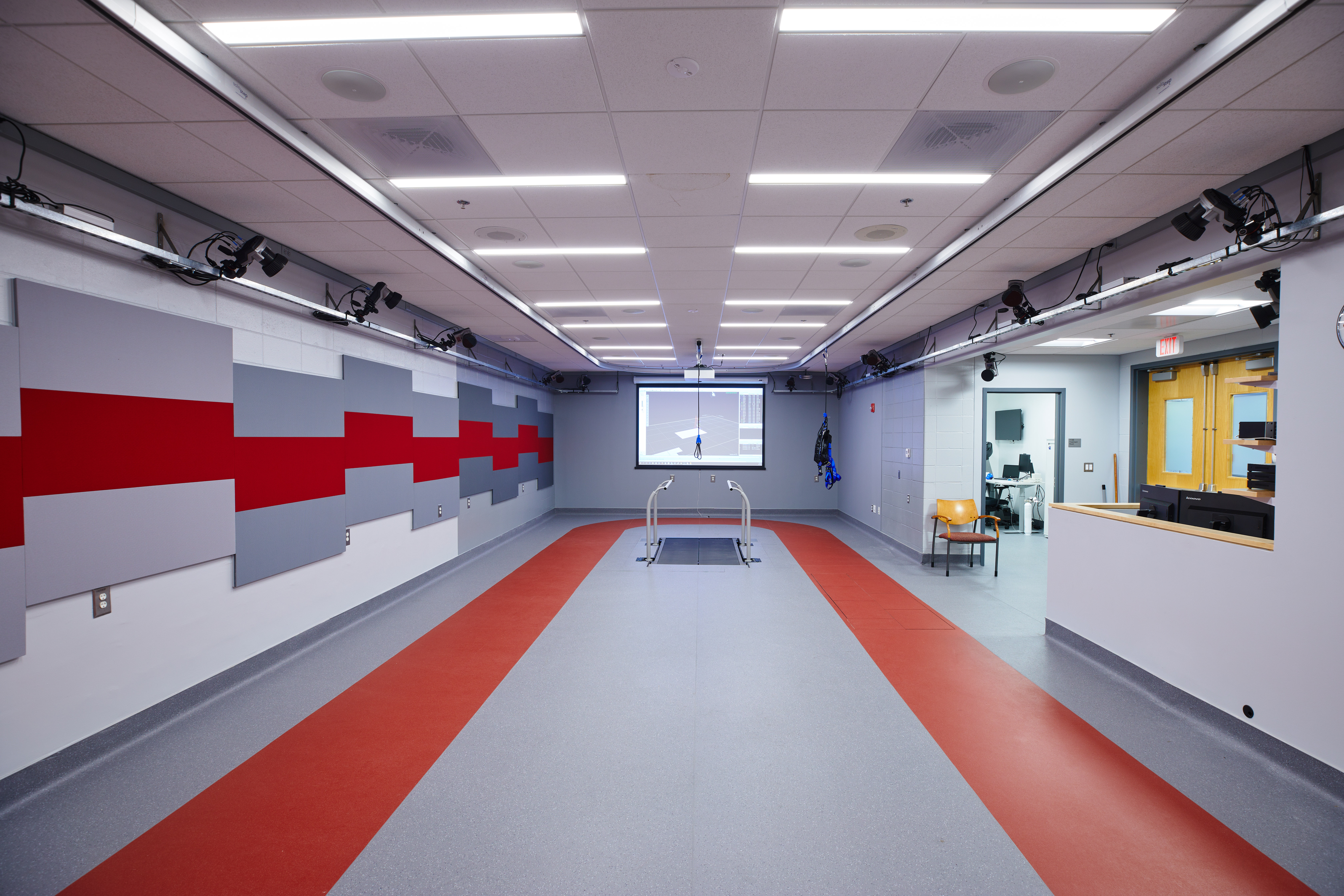
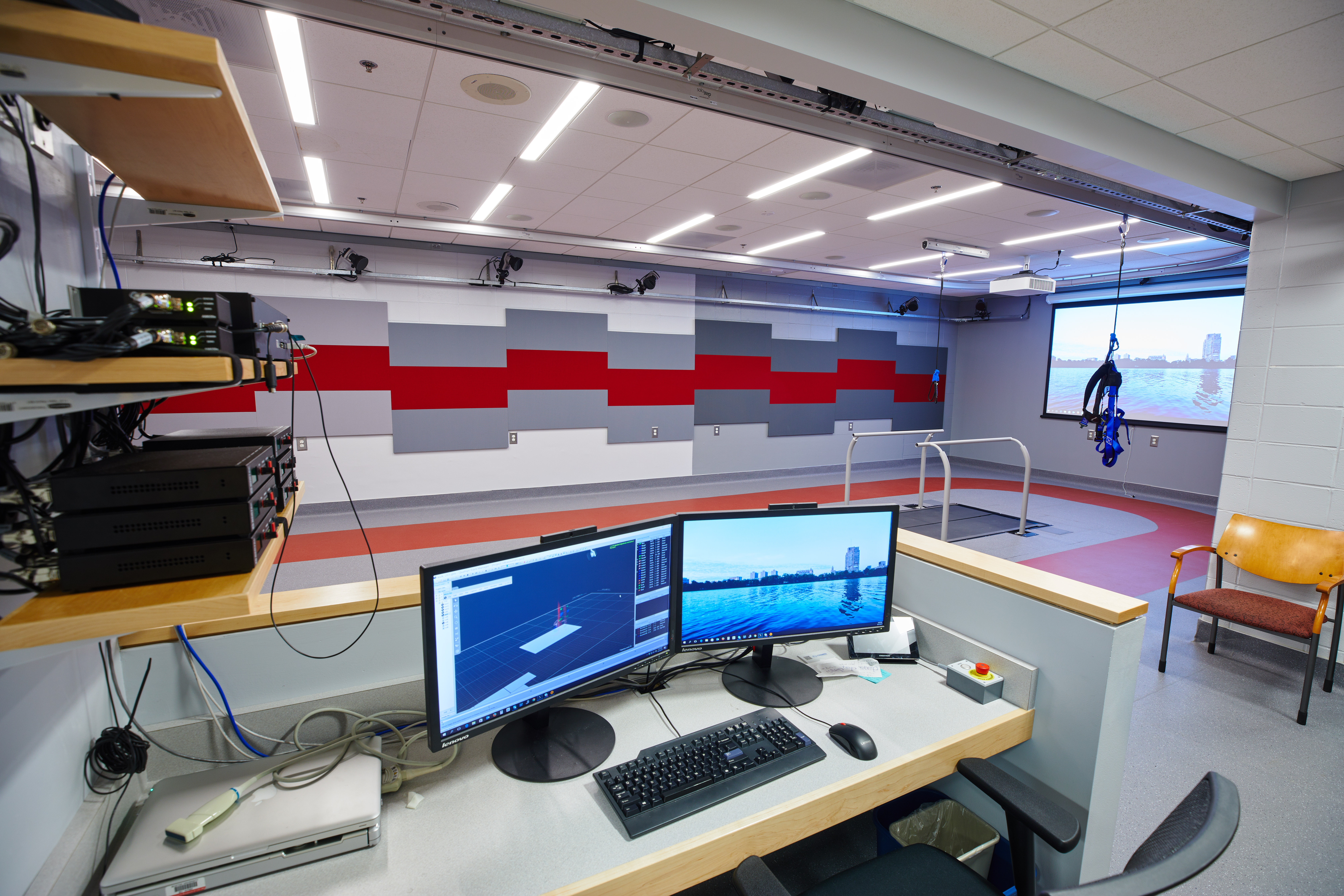
A private treatment room with a non-instrumented treadmill, fall prevention harness, treatment table, and visual biofeedback station is located adjacent to the main motion capture space. Housed in this space is a portable metabolic measurement system and a 12-lead ECG unit.
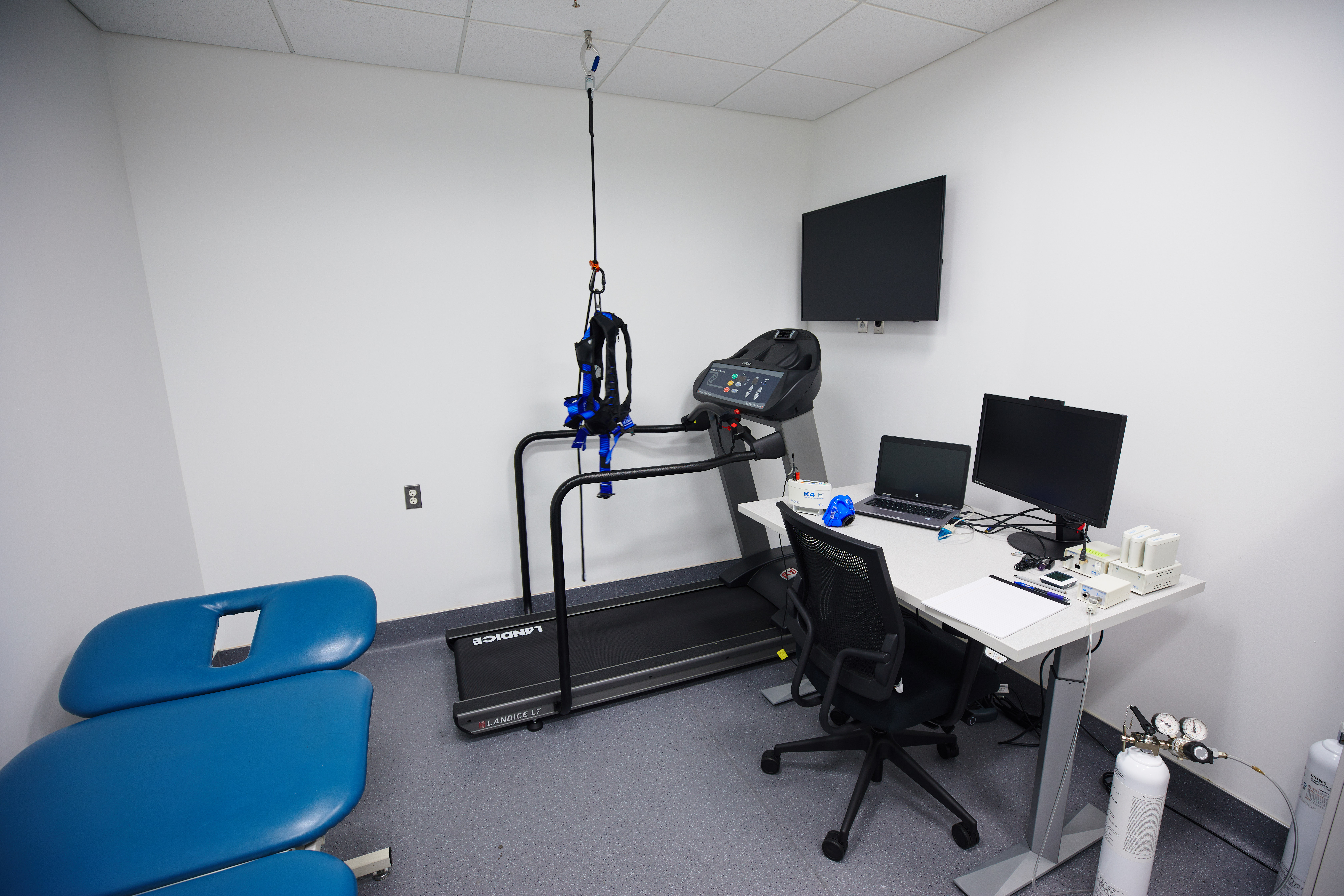
Two student and research staff offices provide workspace for up to 10 laboratory members (and an espresso machine).
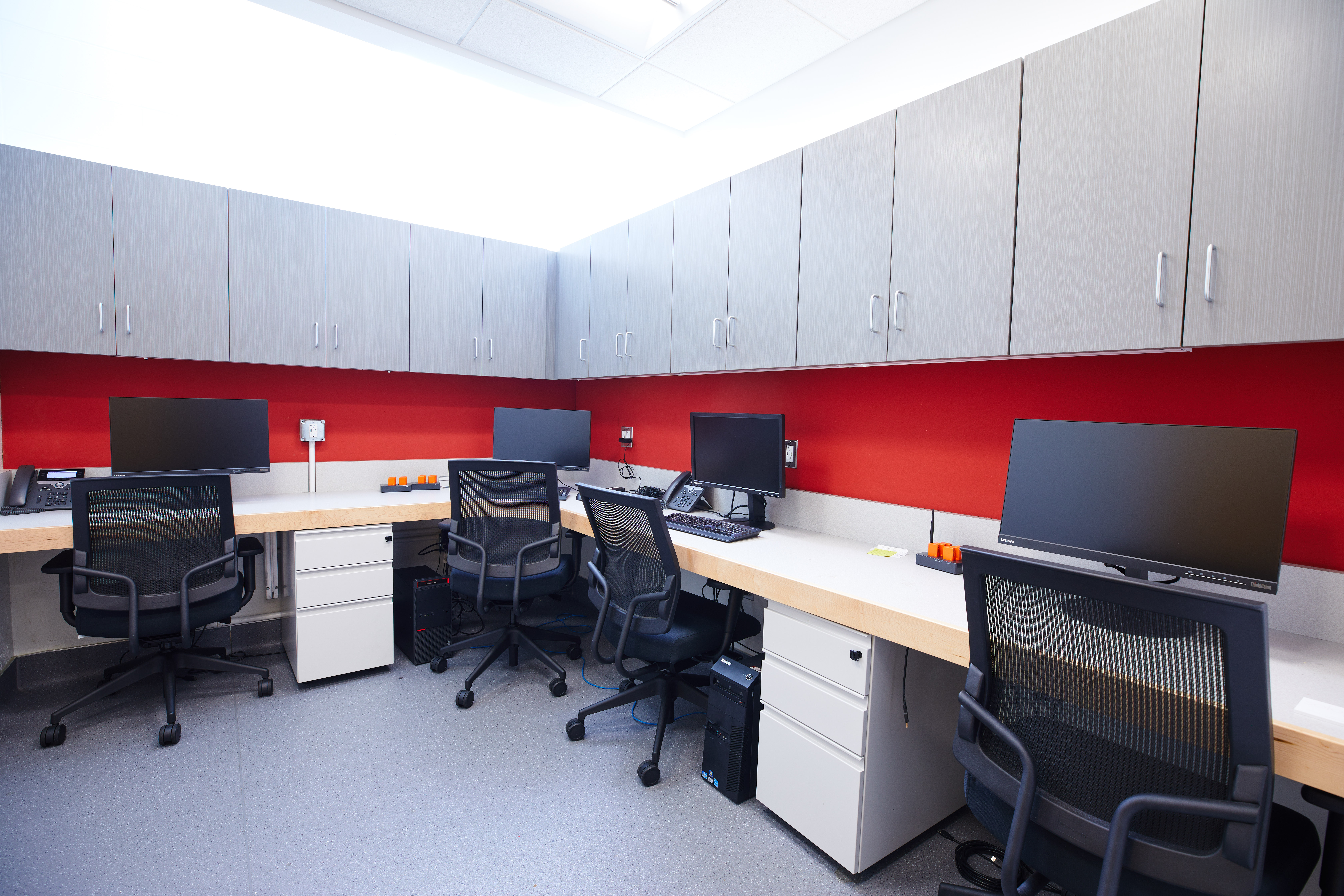
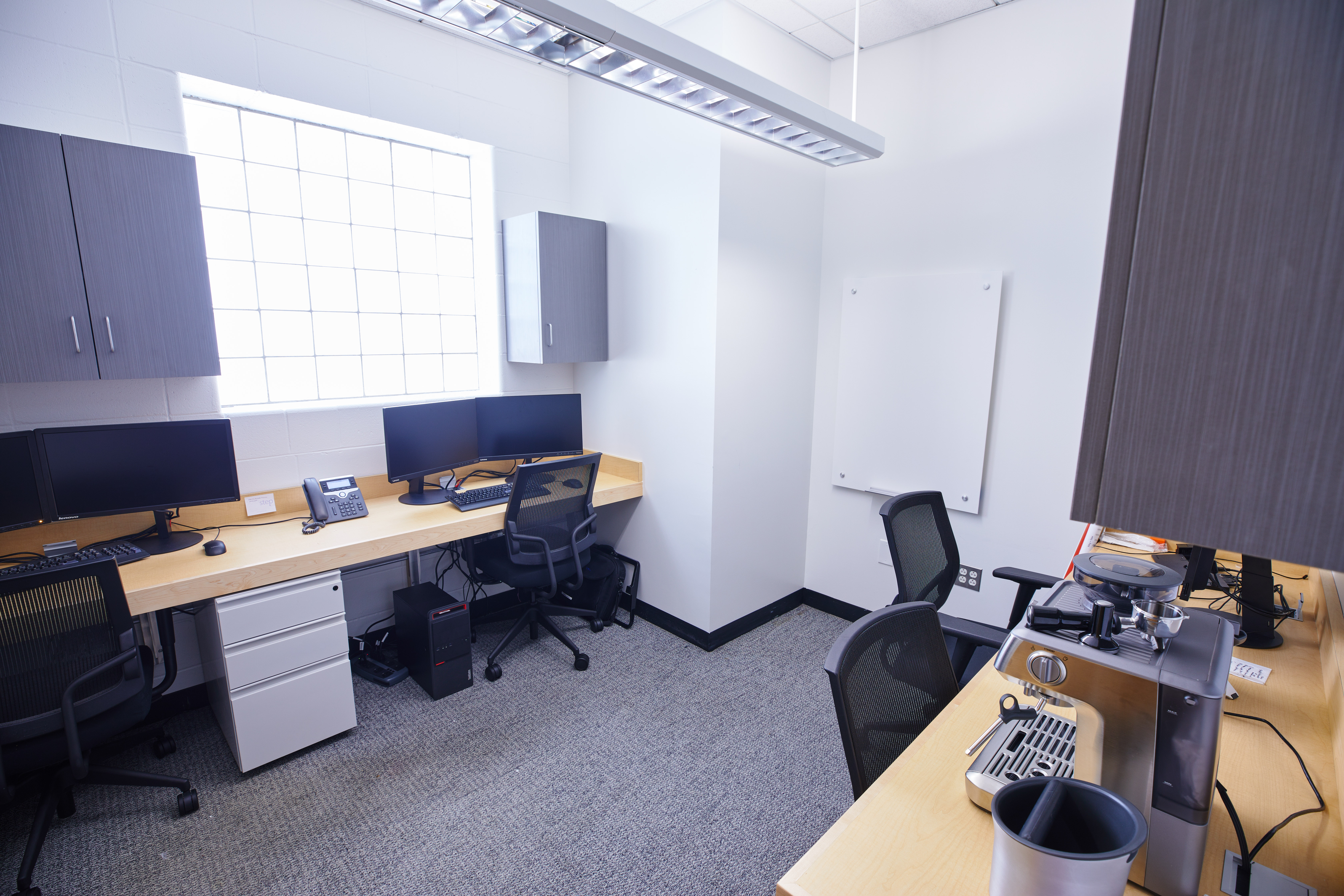
A brand-new student and research staff office was officially opened at the beginning of 2025 at 300 Babcock St, 02215. The space features a private office, a plenary meeting area, a workspace for up to 10 laboratory members, a Zoom office pod, and a kitchen.
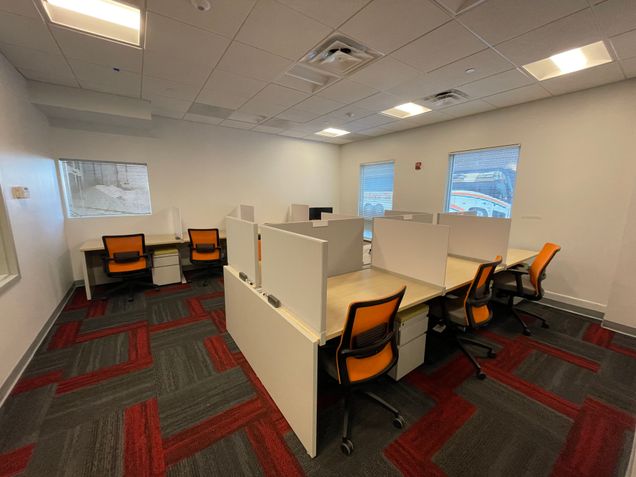
Our Laboratory Equipment
Electromyography (EMG)
Our Delsys Trigno Avanti EMG system includes 16 Avanti, 4 Quattro, and 6 Mini Sensors and aids in the analysis of muscle activity and muscle synergies.
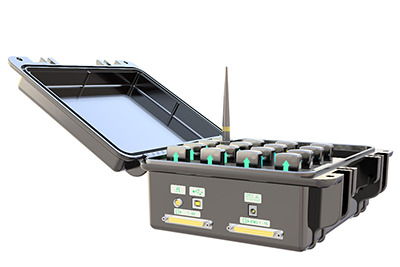 Inertial Measurement Units (IMUs)
Inertial Measurement Units (IMUs)
Our full-body IMU system (Xsens MVN Analyze) contains 17 wireless sensors (MTw) used to track body movements and calculate joint kinematics. Refer to specifics with regards to IMU placement, collection software and number of IMUs used in a study.
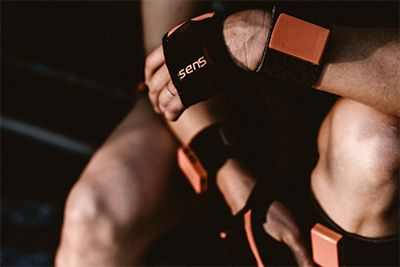
Motion Capture
The motion capture space in the NRL is equipped with 18 Oqus cameras (Qualisys), 6 overground force plates, and an instrumented split-belt treadmill which enable us to capture biomechanical data, including joint kinematics and kinetics.
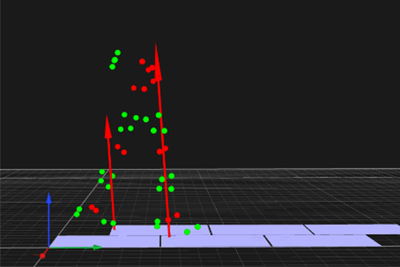
Portable Metabolic System
Our COSMED K5 system measures the volume of consumed oxygen and expired carbon dioxide, which can be used to calculate metrics of energy expenditure for various tasks.
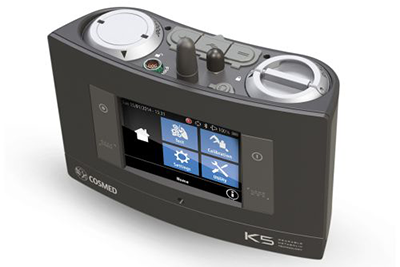
Electrocardiogram (ECG)
Our 12-lead Quark C12x system allows us to monitor cardiovascular response at rest and during dynamic activities at varying intensities.
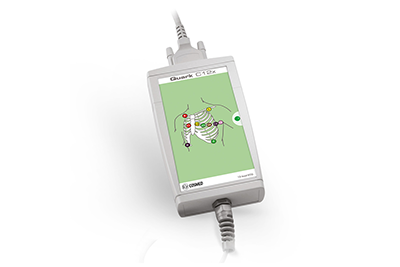
Functional Near-Infrared Spectroscopy (fNIRS)
Our fNIRS data collection system uses light to detect hemodynamic changes in the brain related to cognitive load and motor function.
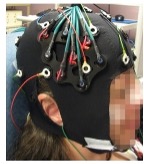
Exosuit (Rewalk Restore)
A cable-driven robotics assistive device, cable of providing both plantarflexion (PF) assistance and dorsiflexion (DF) assistance. Readily, we can control the assistance force magnitude and force onset on the PF side and max DF position on the DF side.
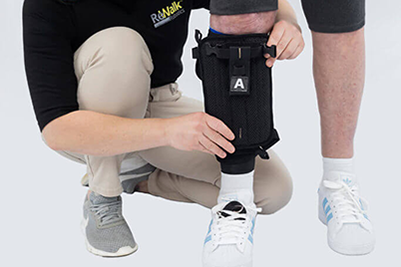
Functional Electrical Stimulation (FES)
A custom FES data collection system synthesizes body-worn IMUs (Xsens MTi) and a portable electrical stimulator (Hasomed RehaMove3) to provide gait-specific neuromuscular assistance during walking. The Hasomed RehaMove3 is a 4-channel current-controlled electrical stimulator used for applying functional stimulation and burst-superimposition testing for the FES and central drive projects.

Dynamometer
The MicroFet2 handheld dynamometer is used to measure maximal or submaximal muscular forces.
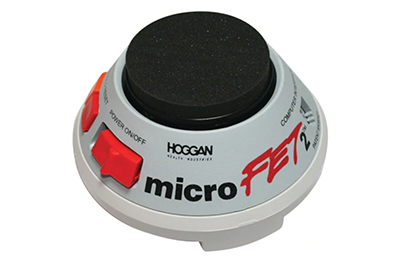
Special Thanks and Acknowledgements
Our research is made possible by the generous support of the National Institutes of Health, National Science Foundation, American Heart Association, and the Boston University Clinical and Translational Science Institute.
![]()

![]()